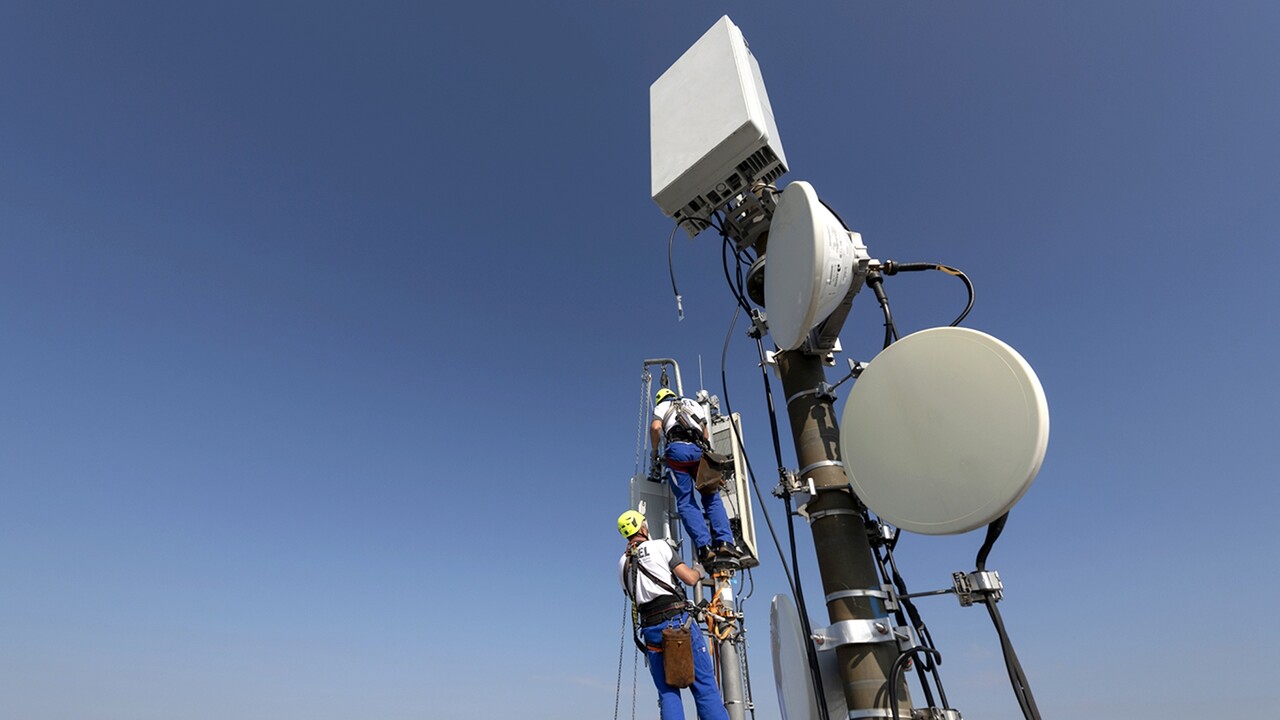
For the rapid expansion of capabilities in the cellular network, O2 / Telefónica intends to rely on the radio relay in the future to provide radio masts in rural areas with a fast connection away from the usual optical fibers. The E-band directional radio provides capabilities for 5G on the mast.
[Anzeige] Opera is your personal browser with free VPN, messenger and crypto wallet for smartphone and PC. Download Opera now!
In rolling out 4G and 5G, Telefónica mainly relies on the connection of cell phone towers using optical fibers. This procedure is also standard on Deutsche Telekom and Vodafone and ensures sufficient capacity in the radio cell. In the future, however, the network operator Telefónica always wants to use a wireless relay as no fiber optic infrastructure will be available for the foreseeable future. This primarily refers to mobile phone antennas in rural areas.
Directional radio for remote locations
Meanwhile, technological advances in directional radio have made it possible to connect a mobile radio station using directional radio in the E band at 80 GHz with very high bandwidth and several gigabits per second, Telefónica explains. Competitor Telekom demonstrates how to set up a directive radio link An extreme example 64 km from Cuxhaven to Helgoland.
5G coverage by 50% by the end of 2022
Compared to connecting all masts with optical fibers, directional radio brings with it higher flexibility as well as cost and time savings and supports the company in expanding the 5G network, it was said today. Telefónica wants to be able to provide the entire population of Germany with 5G with an O2 network by 2025. At the end of this year, according to current statistics, the share was 30 percent, and the 50 percent mark should be reached by the end of next year.
E-band network is also used by Starlink
For directional radio, Telefónica relies on the E band at 80 GHz, which spreads from 60 to 90 GHz. Answers to queries about the exact bandwidth that Telefónica provides and what speeds a connection can achieve in both directions are currently pending. The electronic band is also used in the Starlink satellite internet along with the Ku and Ka bands.

“Problem solver. Proud twitter specialist. Travel aficionado. Introvert. Coffee trailblazer. Professional zombie ninja. Extreme gamer.”



More Stories
Below is the schedule of pension payments as of July 2022. Find out what benefits you will get after the changes [17.07.2022]
Overview of the new electric sports cars for the Hyundai Ioniq 5 N and Ioniq 6 N
Portugal has launched a floating solar power plant. It is the largest structure of this type in Europe – Economy